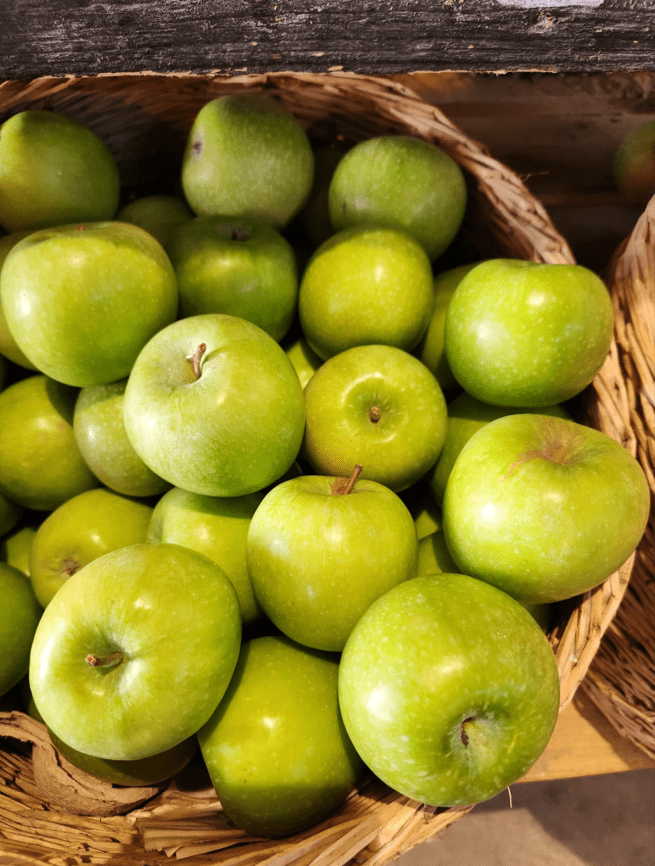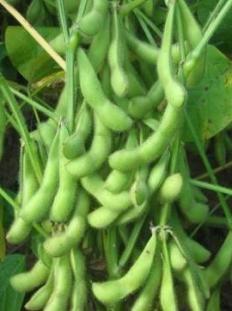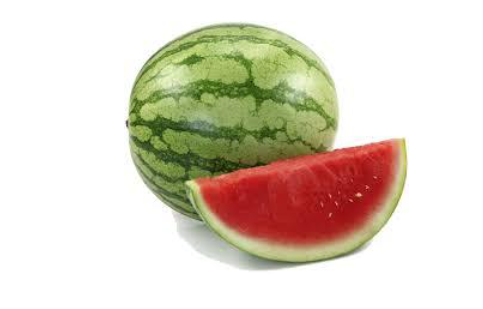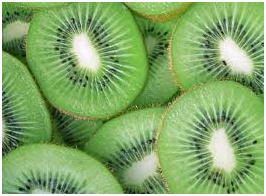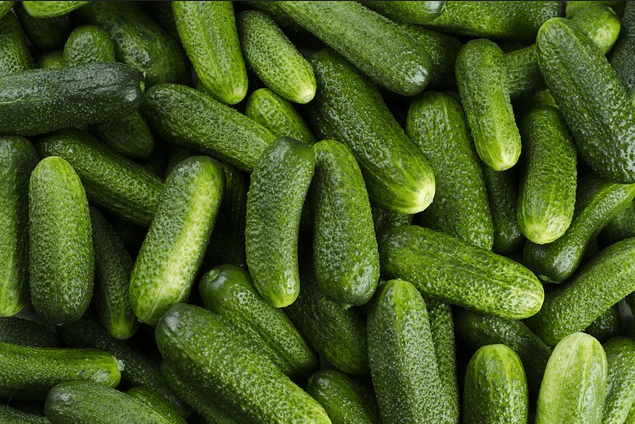Happy New Year!
Appropriately timed, I'll dedicate this edition to the apple. These are the days of apples with honey. I won't be writing about apples and holidays like everyone else. Instead, I'm dedicating this edition to a specific variety of apple, a well-known and loved commercial variety that’s been around for a while, and is featured in this week’s box, the Granny Smith apple.
Wild varieties of apples can still be found in the highlands of the Asian region in Kazakhstan and Kyrgyzstan today. In these areas, it's likely that apple cultivation started very early during the agricultural revolution (somewhere between 10,000 and 8,000 years ago).
This is because the region is located along the ancient Silk Road, connecting Asia to Europe. Consequently, apples became a common crop throughout Northern Europe and the highlands of the Far East and the Middle East.

The apple was also one of the first fruits to make the reverse journey, from the old world to the new world. By the 17th century, apple cultivation had already spread to European settlements in America. By the early 19th century, apple orchards were common in the British colony of New South Wales in Australia. That's where the story of the Granny Smith apple begins.
In 1770, Captain James Cook anchored his ship in Botany Bay, Australia, and named the area New South Wales. He declared the land as a British Crown territory. Initially, the British did not intend to settle the vast and desolate land of Australia.
However, in 1776, British Crown territories in North America revolted against British rule and declared independence. For about a decade, the British hoped to subdue the rebellion, but by the mid-1780s, they recognized that the struggle was futile. So, they decided to transport the model that had been very profitable and beneficial for them in the past to Australia.

What model was that?
Well, the British found that sending convicts to newly discovered countries was a way to deal with overcrowded prisons in London as well as to remove undesirable elements from society. However, due to the American Revolution, this plan was not executed in British Crown colonies in new England. But by 1787 the first ships carrying "settlers" from England left Portsmouth on it’s journey to Australia.
Yes, Australia was founded as a replacement for prisons, and its founding fathers were, in fact, convicts. Australia continued to serve as a penal colony for a few decades. However, regular immigration, primarily of poor people from England and Ireland seeking a better future, also began simultaneously.
This was the case for Thomas and Maria Smith, a poor English couple who didn't even know how to read or write. In 1838, they emigrated with their five children to New South Wales. After working on other people's farms for some years, they purchased a plot of land and started their own orchard. In 1868, Maria Smith received a box of apple seeds of the Malus variety.
This apple variety, which originated in France, produced small and tart apples that were suitable for cooking (and for cider production, which was very developed at the time). Maria took some of these apple seeds and planted them in the backyard of their home.
One of these seeds eventually grew into an apple tree, but the apples it produced were not of the Malus variety; they were green with a touch of sour, unlike anything anyone had seen before.
Maria Smith was a 70 year old grandmother when the peculiar apple tree in her backyard began bearing fruit. She died the following year. But thanks to this apple, Granny Maria, an illiterate woman, achieved a sort of eternal life. Today, this versatile apple variety, suitable for consumption raw, cooked, or in cider production is named after her: Granny Smith.
Today, the Granny Smith, or as it's often pronounced in Israel, 'Grand Smith,' is one of the world's favorite apple varieties. One of its defining characteristics is its ability to thrive primarily in volcanic earth. That's why there are many excellent Granny Smith orchards in the Golan Heights, and right now, at the beginning of September, they are in their prime and taste fantastic.

